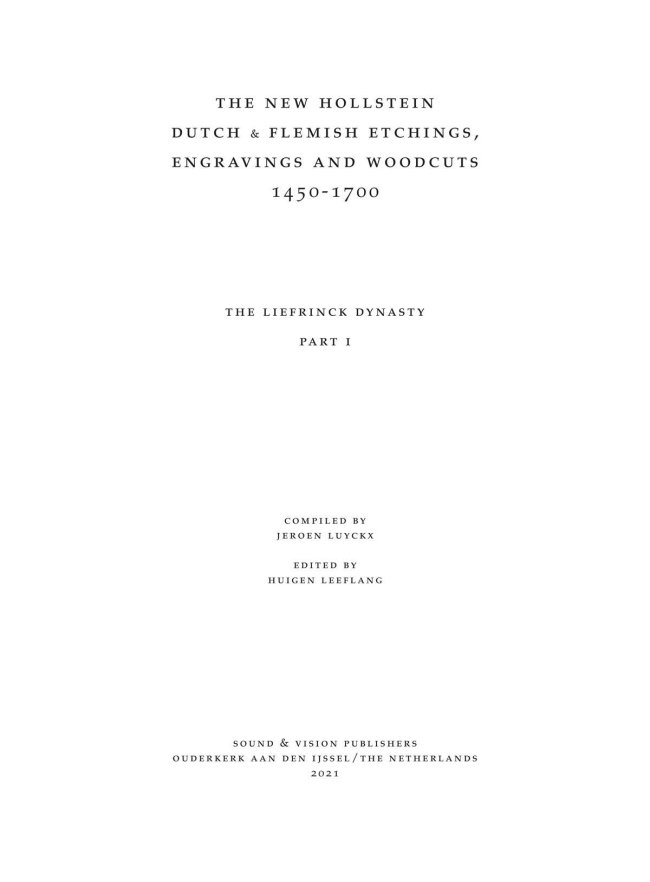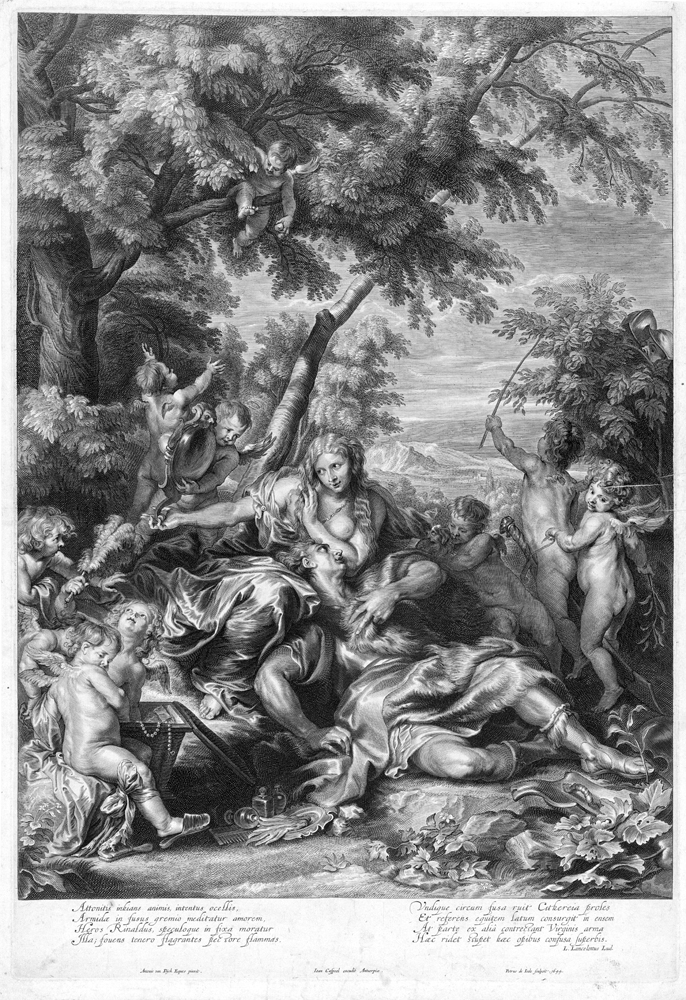Published: NHG Dominicus Custos I-II

The first two volumes of our expected seven volume catalogue on Dominicus Custos have …


The first two volumes of our expected seven volume catalogue on Dominicus Custos have …
Publishing schedule 2022

The New Hollstein Dutch & Flemish - The Liefrink dynasty compiled by Jeroen Luyck …

Sixty-seven years after the publication of the first volume in Hollstein’s …

In this volume the large and diverse œuvre of Andreas Trost, a remarkable Centr …

The Liefrinck family was a Netherlandish dynasty of printmakers that consisted of th …

Crispijn de Passe I (1564-1637) hailed from the town of Arnemuiden in the Dutch provi …

Abraham Blooteling (Amsterdam 1640–Amsterdam 1690) was a technically brilliant …

Like his father, Peter Troschel worked partly from his own designs, but most of h …

This new catalogue of Barthel Beham's prints appears 65 years after the correspondin …

The De Brys are best known as book publishers who were active in Frankfurt am Main an …
Publishing schedule 2021

Joachim von Sandrart included Hans Troschel the Younger in his Teutsche Academie, 167 …

Jacob Christoff Le Blon (1667-1741) moved to Amsterdam in 1703 when publishers were …

Pieter de Jode II (1606-1670/74) and Arnold de Jode (1638-c. 1669) Pieter de Jode …

The Swiss printmaker Johann Jacob Thourneysen the Elder worked widely and successful …

Pieter de Jode I (1573-1634) Gerard de Jode’s younger son Pieter was trained …

The present Hollstein German volume includes book illustrations in chronological ord …

The present Hollstein German volume includes a wonderfully evocative woodcut of a pr …

This volume contains the work of the painter-etcher (Maler-Radirer) Johann Carl von …

At long last the German Hollstein series has finished with artists whose surnames be …

Jacob Cornelisz. van Oostsanen In the early decades of the sixteenth century Jacob Cornelisz (c. 1460/65-1533) headed a productive workshop in Kalverstraat in Amsterdam.

Johann Ulrich Kraus was born to a widely dispersed family of artists and artisans. He was the son of the carpenter Ulrich Krauss and received initial training in carpentry from him.

Jacob Christoff Le Blon (1667–1741) moved to Amsterdam in 1703 when publishers were producing a la poupée inked colour prints.